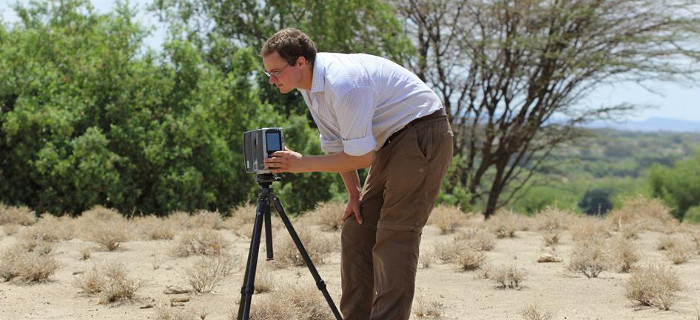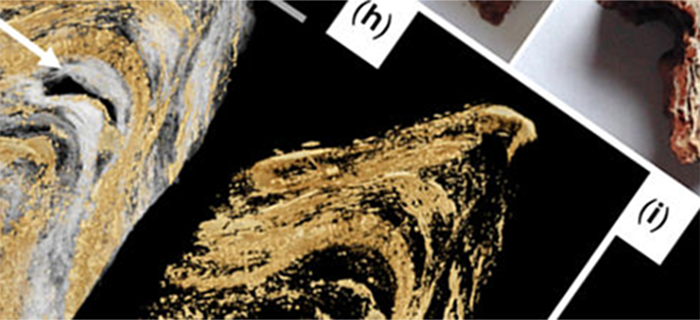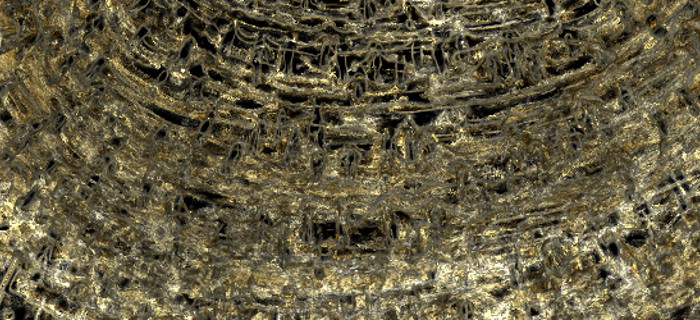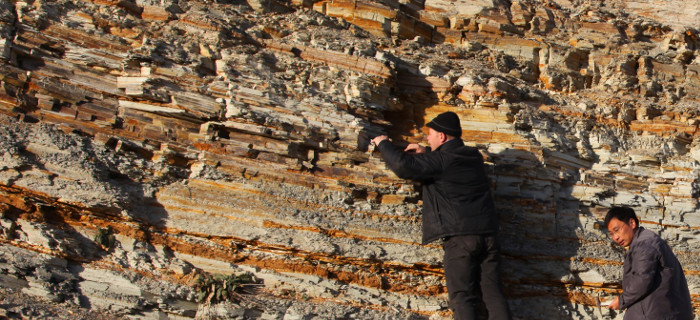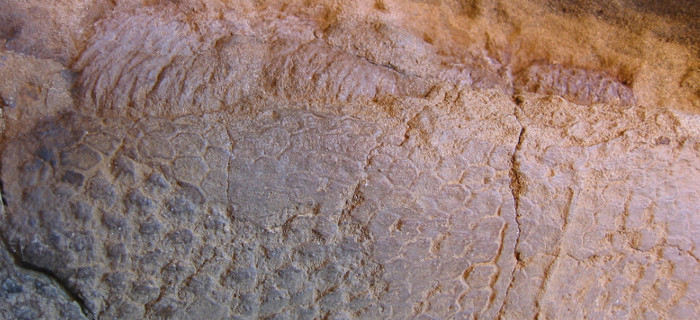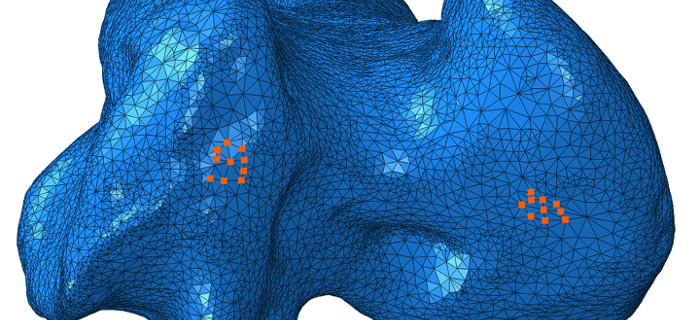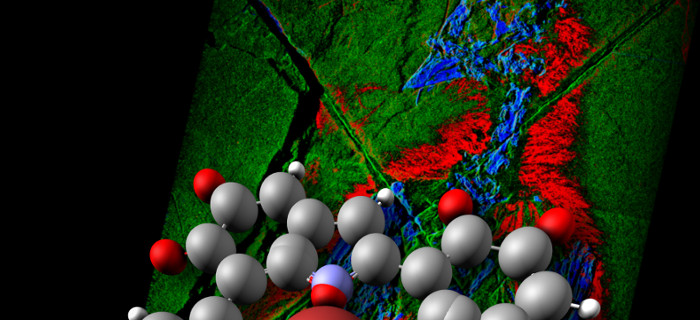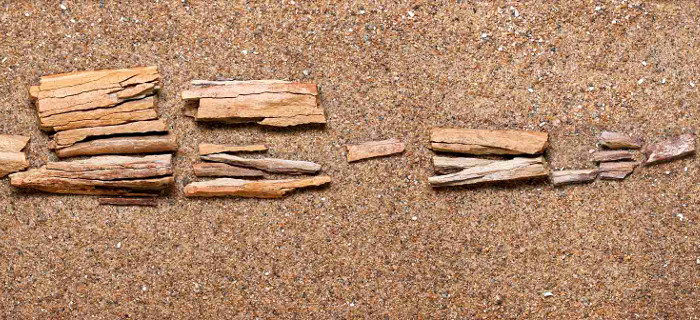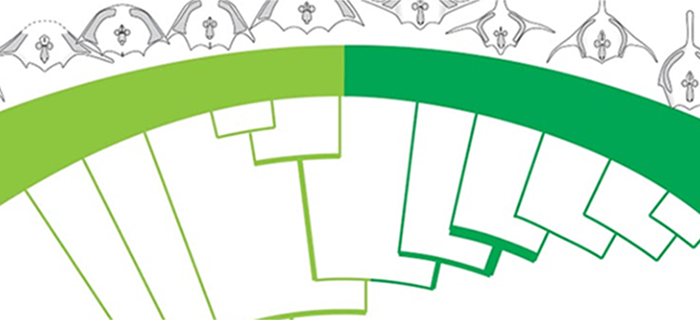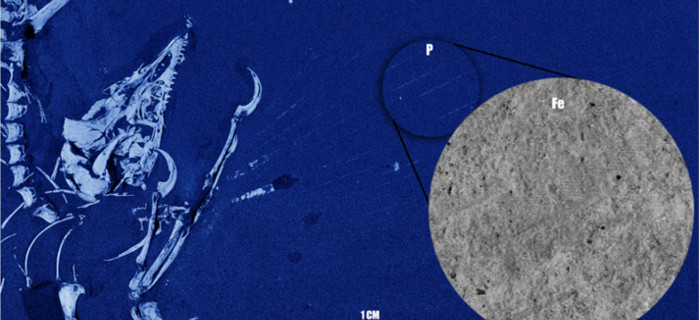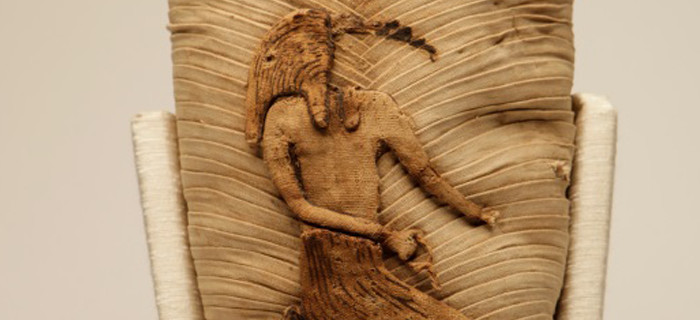Research
The Interdisciplinary Centre for Ancient Life employs an applied and interdisciplinary approach to research.
ICAL has been highlighted at Manchester as an exemplar of interdisciplinary research. We maintain a diverse global research program focused upon robust science. The ICAL team applies and develops new techniques and technologies inspired by physics, geology, biology, chemistry, engineering, and computational science. Integrating these results has led to exciting new discoveries. The iconic samples collected and studied by the ICAL team enable outreach activities which engage the wider public, increasing understanding of related areas of research such as synchrotron science, and biochemistry.
Our research moves beyond traditional confines of palaeontology and crosses into multiple fields and disciplines. Through our research activities we aim to foster a culture of radical interdisciplinary research, technical innovation, and strategic influence. The ICAL research strategy sustains a world-leading centre for the application of analytical techniques to the study of life; tackling pivotal research challenges on form, function and taphonomy. To deliver this ICAL has developed strong collaborations with reseafch partners from a wide range of disciplines across the University and the world including the Henry Moseley X-ray Imaging Facility Diamond Light Source, (UK), European Synchrotron Radiation Facility (France) and the Stanford Synchrotron Radiation Lightsource, (USA). This has resulted in the integration of expertise in palaeontology with analytical, imaging, and modelling techniques.

